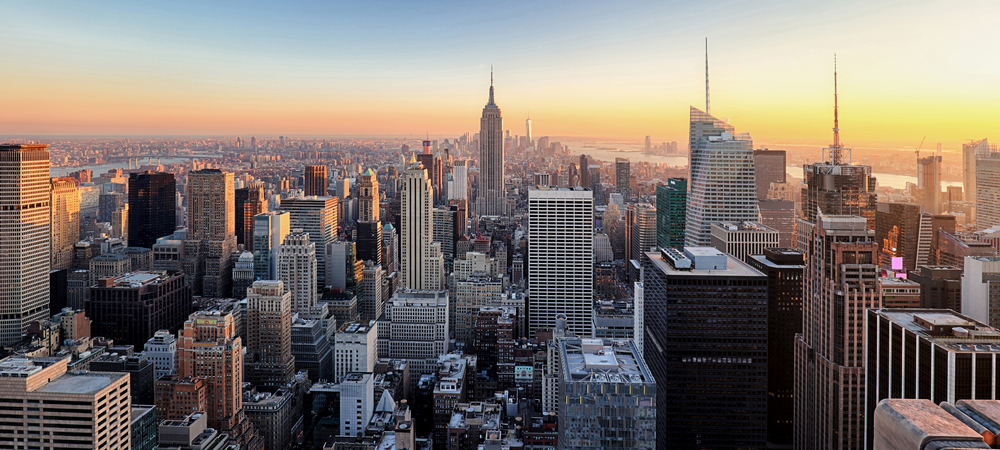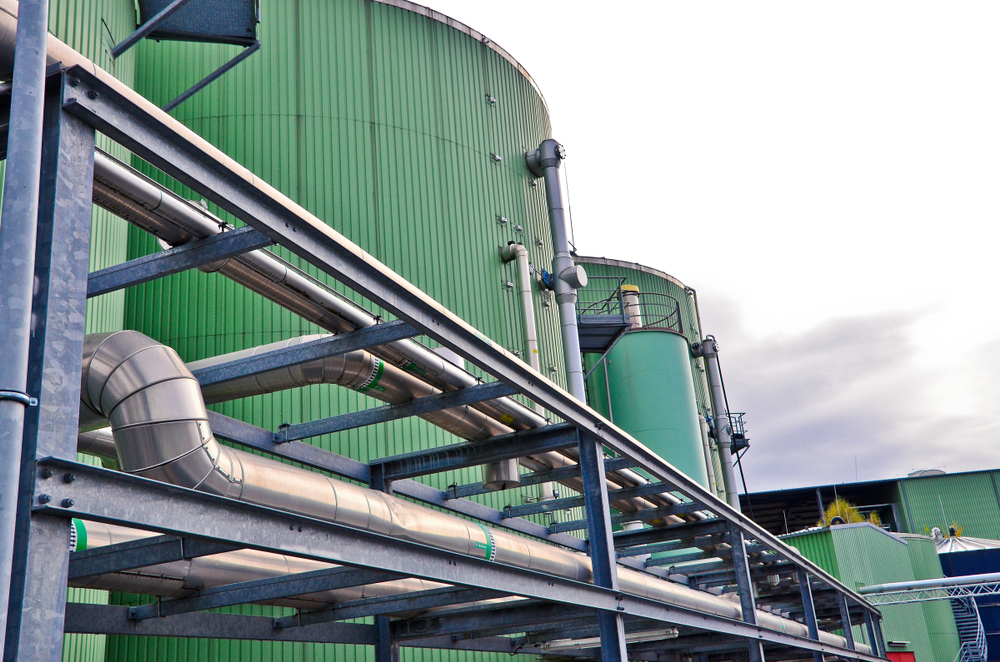
Waste is a huge contributor to the climate crisis. In fact, landfills are the third largest source of climate-damaging methane emissions in the United States. And the U.S. has more than 2,600 landfills releasing methane into the air. This is due in large part to the mountain of unwanted and wasted food that gets thrown out every day. Food waste makes up 24% of everything the U.S. buries. And when burying all that food, the lack of oxygen causes it to emit methane as it decomposes.
Zero Waste advocates have been urging policymakers to keep food waste out of the trash for decades. Now, several states, cities, and towns across the country are making moves to do just that. Nine states – California, Connecticut, Massachusetts, Maryland, New Jersey, New York, Oregon, Rhode Island, and Vermont – have passed laws to keep food out of landfills. But some of these state laws, like New York’s, only apply to large businesses and institutions. That’s why New York City took things a step further – enacting a local ordinance that requires mandatory curbside food scrap collection for all residents.
When banning food waste from landfills, there are essentially four methods – or some combination – that cities and states invest in. These include 1) reducing food waste, 2) sending unwanted, edible food to people or animals in need, 3) turning food scraps into compost, or 4) containing food waste in conditions that produce methane to use as fuel. Places like New York City are leaning hard into method four. This is a mistake.
At the end of 2024, New York City will roll out a citywide curbside composting program for residential food waste. But none of that food waste may actually be composted. We’ve already seen what the city has in store with the launch of Queens’ food waste program in March 2023. Instead of being composted, residents’ food scraps get sent to the sewer. If the city’s “composting” initiative continues on this route as it expands to all five boroughs, more than 8 million pounds of valuable food scraps could go to waste each day.

Every sewer in the U.S. has a wastewater treatment plant at the end of the pipes. New York City has 14 of them. Currently, Queens’ residential food waste is sent to the city’s largest wastewater treatment plant – Newtown Creek in Greenpoint, Brooklyn. There, the food is added to one of the plant’s eight anaerobic digesters where sewage sludge, a toxic byproduct of wastewater treatment, is processed. This process produces methane gas, which is why New York City, along with several other cities and towns across the country, send food scraps to wastewater treatment plants. Because the more food waste added to a plant’s anaerobic digesters, the more gas they produce and capture for use as fuel. This may sound like a good thing. But let me tell you why it’s not.
I have been teaching graduate students about sewers for over 20 years and one thing we never talk about is how “green” wastewater treatment plants are. Namely because these plants are anything but green. In the U.S., wastewater treatment plants use a huge amount of electricity. They are also major sources of climate-damaging emissions, like nitrous oxide, methane, and carbon dioxide. In fact, a 2023 study shows that the Environmental Protection Agency underestimates methane emissions from wastewater plants regardless of whether or not they have anaerobic digesters. Anaerobic digesters inevitably leak. When they do, it’s as bad for the climate as coal. And that’s because leaking digesters can triple the amount of methane a wastewater treatment plant releases into the air.
In addition to generating greenhouse gasses, wastewater treatment plants collect and disperse hundreds of toxic chemicals, including PFAS (“forever chemicals”). These chemicals make their way into sewage sludge – a byproduct of the treatment process. New York State’s Department of Environmental Conservation promotes this sludge as a fertilizer, even though it contains dangerous levels of PFAS. In fact, the concentration of PFAS in sludge is thousands of times higher than what is legally allowed in drinking water. That’s exactly why Maine banned the practice of spreading sewage sludge on land in 2023.

New York City is going in the other direction. It plans to put all of its sludge on farmland, parks, and gardens by 2030. Before the addition of food waste, the Newtown Creek wastewater plant processed 1.5 million gallons of sludge per day. Adding food waste to the process will make even more PFAS-contaminated sludge.
It doesn’t have to be this way. Places like Seattle, Washington and San Francisco, California have scaled up their compost programs to service the entire city – without including the sewer. Urban soils, neighborhoods, and the planet benefit from composting. New York City can – and must – prioritize the (real) composting of its food scraps and get its compost initiative back on track.